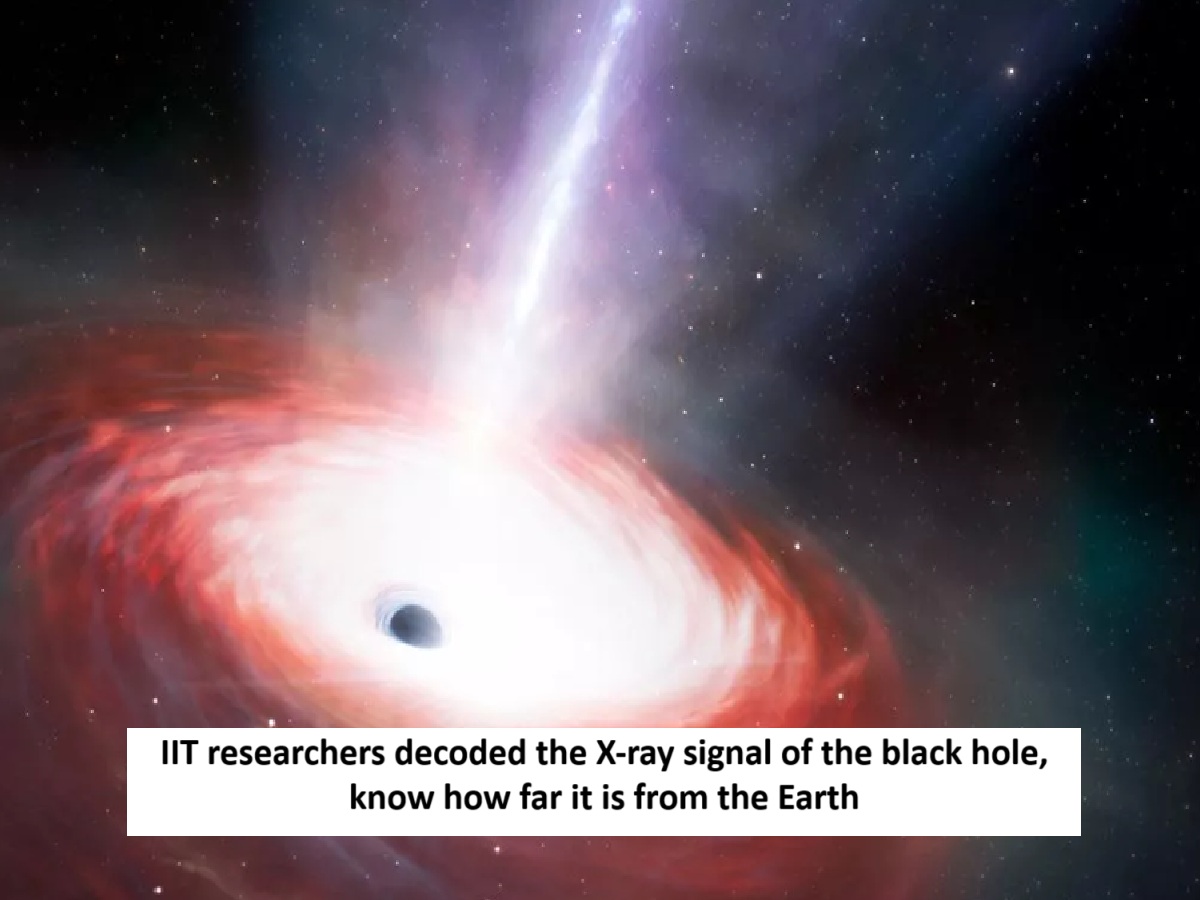
News Topical, Digital Desk : Researchers from the Indian Institute of Technology (IIT), Guwahati, in collaboration with ISRO's UR Rao Satellite Center and the University of Haifa, Israel, have decoded the mysterious X-ray signal pattern emitted from a black hole. The black hole GRS 1915 + 105 is about 28 thousand light years away from Earth.
Understanding any secret or complex information is called decoding. According to officials, using data obtained from India's space observatory AstroSat, researchers saw the X-rays emanating from the black hole changing between bright and dim phases. The findings of this research have been published in the prestigious journal 'Monthly Notices of the Royal Astronomical Society'.
Researchers from all over the world are studying
Researchers around the world are trying to understand black holes. When black holes pull gas from the outer layers of various stars, they emit extreme heat and X-rays. By studying these X-rays, scientists can get important information about the environment around black holes. Professor S. Das of the Department of Physics, IIT Guwahati said, we have found the first evidence of bright X-ray flashes (flickering).
The researchers observed that the X-ray glow emitted by the black hole they studied varies between two distinct phases - a brighter (brighter) and a fainter (slower) one. When the brighter phase occurs and the flickering is the highest, the corona (the layer of hot gases surrounding the black hole) becomes very hot.
In contrast, when the dim phase arrives, the corona expands and cools, causing the flickering to disappear. This clear relationship suggests that these bright signals probably originate from the dense corona. While each phase lasted several hundred seconds and repeated regularly, the fast flickering signal appeared only during the (bright) phase.
Information found about black holes
This discovery shows that the corona around the black hole is not a permanent structure. Its size and energy depend on how the gases are flowing into the black hole. Professor Das said that this research tells about the extreme gravitational intensity and high temperature present at the edge of the black hole.
These findings also hint at how black holes can affect the evolution of entire galaxies. Anuj Nandi of ISRO's URSC said that our study provides direct evidence for the origin of X-ray flickering. We have found that this flickering is associated with modulation in the corona surrounding the black hole.
Read More: Mamata Banerjee will not share the stage with PM Modi, this is why Bengal CM took such a decision
--Advertisement--

 Share
Share



